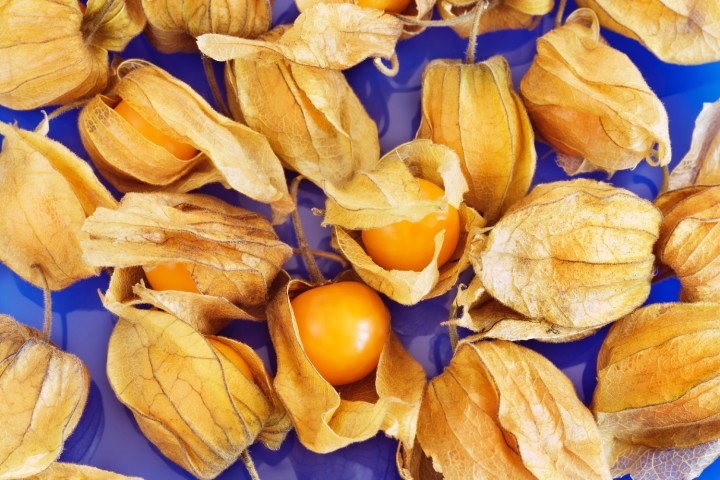
CRISPR-Cas9 is useful for all kinds of things, from creating heat-resistant cows to making a potentially limitless supply of transplant organs. Now researchers from Howard Hughes Medical Institute and the Boyce Thompson Institute have announced the gene-editing tech’s latest achievement: Modifying a fruit so that it can be grown outside of its native region in Mexico, Central, and South America for the first time. The fruit’s technology-aided rapid “domestication” could mean transforming the little-known groundcherries into agriculture’s next mainstream berry crop.
“We, in a sense, fast-tracked domestication of groundcherry to improve characteristics that would be viewed as undesirable for agricultural production,” Joyce Van Eck, an associate professor at the Boyce Thompson Institute, told Digital Trends. “Groundcherry has a very wild, sprawling growth habit that would make it difficult to grow on a large scale. To make the groundcherry plant more manageable, one that could even grow in a pot on a deck or balcony, we chose to target a gene called self-pruning. The reason we chose this gene was because in tomato, a relative of groundcherry, a spontaneous mutation that occurred in a field of tomatoes decades ago resulted in a more compact plant. When we mutated the same gene in groundcherry by CRSIPR, we recovered more compact plants, making them more manageable to grow.”
The work was achieved over the period of two years. If that sounds a long time to be working on a project involving a semi-obscure fruit, however, consider that domesticating a plant through traditional breeding means — as with classic crops like apple, tomato, corn, and rice — takes thousands of years.
“Our hope is that what we learn can help fast-track improvement, in a sense fast-track domestication, of plant species that have undesirable growth characteristics from an agricultural production standpoint for their potential to be realized as new sources of fruits, vegetables, and grains,” Van Eck continued.
The team is now working to improve other characteristics of the groundcherry, such as the problem of the plant dropping its fruit to the ground: Something common to have given it its name. They also aim to make the fruit larger than its current marble size, since larger fruit means more farming productivity.
A paper describing the work was recently published in the journal Nature Plants.


